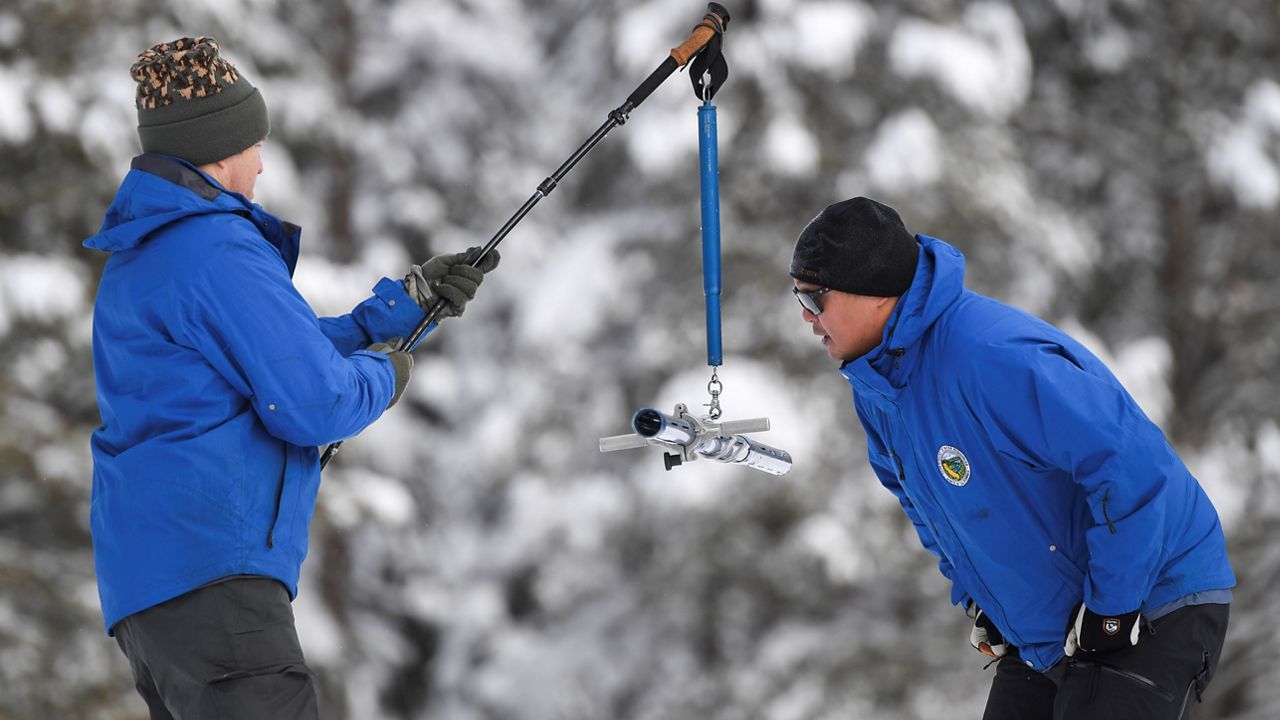LONG BEACH, Calif. — Hand at the wheel of his boat, steady gaze ahead, wetlands activist and animal rescuer Lenny Arkinstall heads out to Long Beach Harbor for the seventh day in a row.
“I love animals, and I can’t imagine walking away from them, poor little injured animals,” he said. “I’ve been like that my whole life.”
Arkinstall has been cleaning up local habitats in Southern California as the leader of his nonprofit Los Cerritos Wetlands Stewards. But when he learned hundreds of baby birds called elegant terns were falling off a massive nesting site in the harbor, he couldn’t help but embark on a rescue mission.
“They are a migratory bird and, I believe they come from South America,” he said. “They’ve traveled a long way, and this is their only spot to have babies to sustain their survival.”
According to the National Audobon Society, they are also a ‘species of concern’ in California and considered vulnerable because nesting is restricted to very few sites. Arkinstall volunteers his time and takes staff from the International Bird Rescue on his boat to circle these massive barges that make up the nesting sites.
“What we’re doing now is we are keeping an eye on the babies that fall off, and we watch them for when they start getting weak and a little distressed,” he said as Spectrum News 1 joined him on a mission in the harbor.
It’s not clear why these chicks are falling off, but rescuers say it could be due to nearby boat activity or Fourth of July fireworks. Arkinstall said he, along with other rescuers, scoop them up because they’re too young to fly and can’t get back on the barge. The chicks also risk drowning because they don’t have enough feathers to be waterproof yet. Once they’re picked up, they are taken to the International Bird Rescue in San Pedro, where CEO JD Bergeron demonstrates the intense rehabilitation they face.
“We’re especially interested to make sure that these birds don’t have any fractures or anything from falling into the water,” he said. “And birds that have very low temperature would need to be warmed up.”
Bergeron picks up the smallest chick to arrive at the center, named ‘Little Mike’, who was drowning when they initially rescued him and had to be resuscitated. “You can see clearly when he extends his wings that there is very little formation of feathers at this point, so one of the many reasons they are not ready to be on their own,” he said.
The center has taken in almost 500 chicks over the past two weeks, hand feeding each live fish four times a day. Approximately 170 have been rehabilitated and released back to the nesting site, but the center has also picked up more than 100 carcasses. Bergeron said elegant tern chicks need more intensive care than other birds, which can last up to eight weeks. Elegant terns are found along the Pacific Coast, but they don’t have many nesting sites.
“This happening — that birds are nesting on a barge — is indicative of not having better spaces otherwise,” Bergeron said.
Back at the Long Beach Harbor, Arkinstall makes a quick stop to pick up some equipment, dry towels and warmers for the birds, before heading out again. “We don’t know how long this is going to last. We noticed there is new chicks being born, so this can carry on into August,” he said.
In the meantime, the public can help by donating to the International Bird Rescue to help support the rehabilitation process. For more information, visit the rescue group's website.











